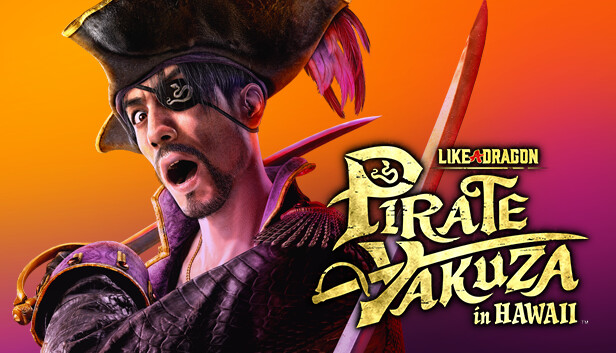How Like a Dragon: Pirate Yakuza in Hawaii Transports Gamers to an Over-the-Top Pirate Realm with Classic Yakuza Flair
The Like a Dragon series—formerly known as Yakuza in the West—has always stood out for its unfiltered mix of street brawls, dramatic story arcs, and entertainingly offbeat side quests. However, the latest spin-off, Like a Dragon: Pirate Yakuza in Hawaii, pulls off a remarkable pivot: it tosses Goro Majima, one of the series’ most iconic antiheroes, into a modern-day pirate adventure along the tropical shores of Hawaii. Picture a bright ocean horizon bursting with hidden coves, the tang of saltwater in the air, and the clang of swords on the deck of a creaking ship—all wrapped in the signature comedic energy that’s made the franchise so beloved. Whether you’re a longtime follower of Majima’s wild escapades or you’re diving into the Like a Dragon universe for the very first time, this game promises a flamboyant foray into tropical chaos.
At its core, Like a Dragon: Pirate Yakuza in Hawaii honors the heartfelt, occasionally over-the-top tradition of the mainline series. Think flamboyant fight moves, emotional sub-stories that manage to tug at your heartstrings, and eccentric side characters who range from loveable to downright bizarre. But this time, the neon-lit Japanese streets have been traded for volcanic islands, sun-scorched beaches, and wave-tossed decks. It’s a radical change of scenery that breathes new life into the franchise—and it just might be the breath of fresh air fans never knew they needed.
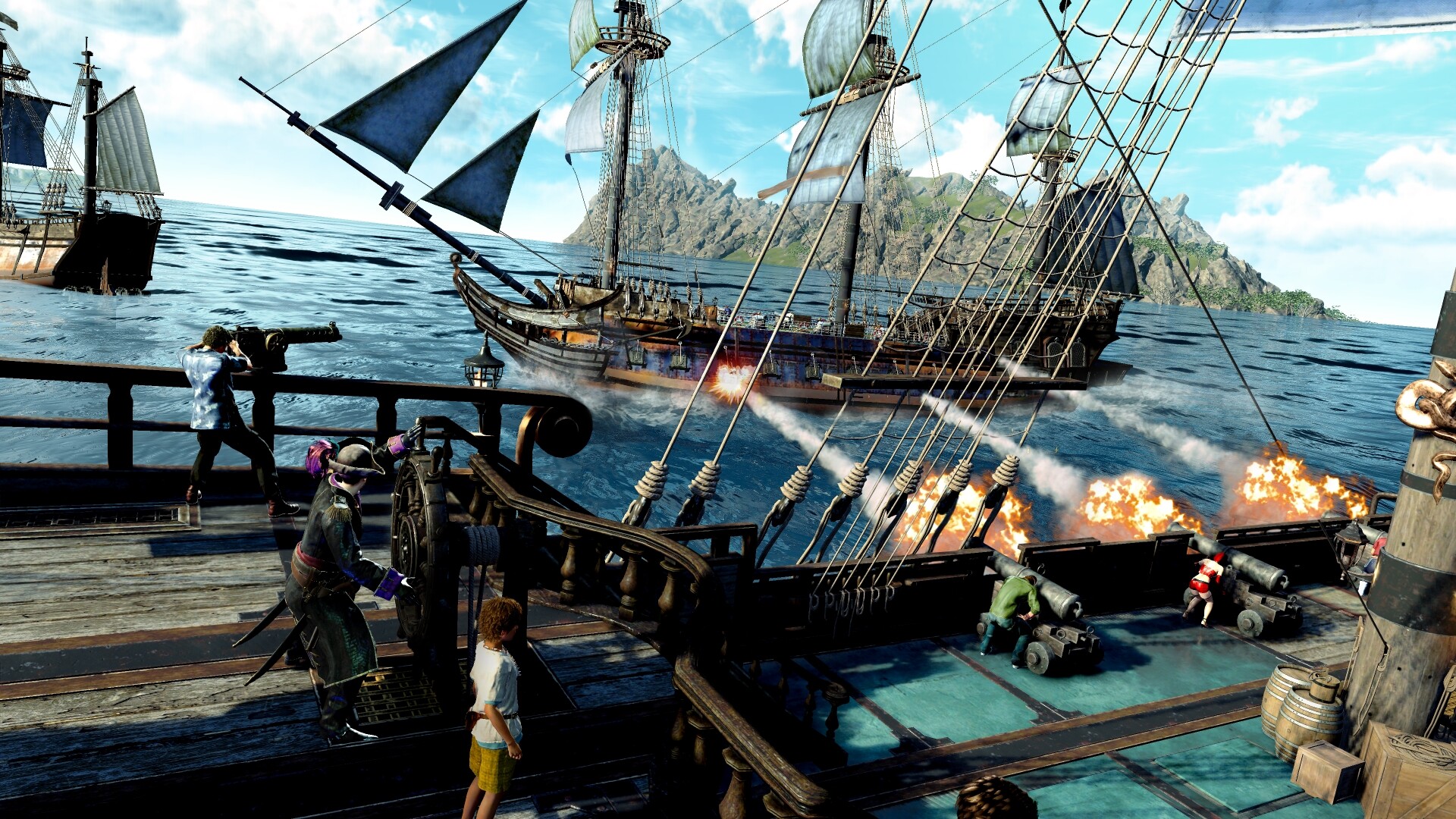
Goro Majima’s Unexpected Journey: Amnesia, Yakuza Memories, and a High-Seas Quest for Identity and Treasure
Goro Majima has always been larger than life: a feral grin, a snake-like eye patch, and a penchant for unpredictability. In Like a Dragon: Pirate Yakuza in Hawaii, the developers at Ryu Ga Gotoku Studio up the ante by stripping Majima of his identity at the outset. After a ferocious storm smashes his ship on a remote Pacific island, he awakens with no recollection of who he is—or the fact that he once belonged to the Japanese underworld. Saved by an enterprising boy named Noah, Majima’s new existence begins on rickety boats, battered docks, and perilous waters.
While searching for answers about his true self, Majima discovers that the seas are alive with rumors of a legendary treasure that can shift the balance of power among criminal factions. Rival pirates, local bandits, and shadowy figures all vie to stake their claim to this elusive prize. For Majima, the treasure isn’t just about wealth; it’s a possible gateway to retrieving fragments of his forgotten life. This balance between worldly riches and deeply personal stakes sets the stage for a narrative that’s by turns comedic, poignant, and downright intense.
As he takes on the mantle of pirate captain, Majima isn’t alone: Noah sticks by his side, while other misfits join the crew one by one. Some are skilled fighters, others are expert navigators, and a few might even turn out to have suspiciously ulterior motives. Holding this ragtag family together are Majima’s half-remembered leadership instincts and that unstoppable, unbreakable spirit. Fans of the series will recognize his trademark banter and unpredictability lurking beneath the surface, even if Majima himself sometimes struggles to recall who he used to be.
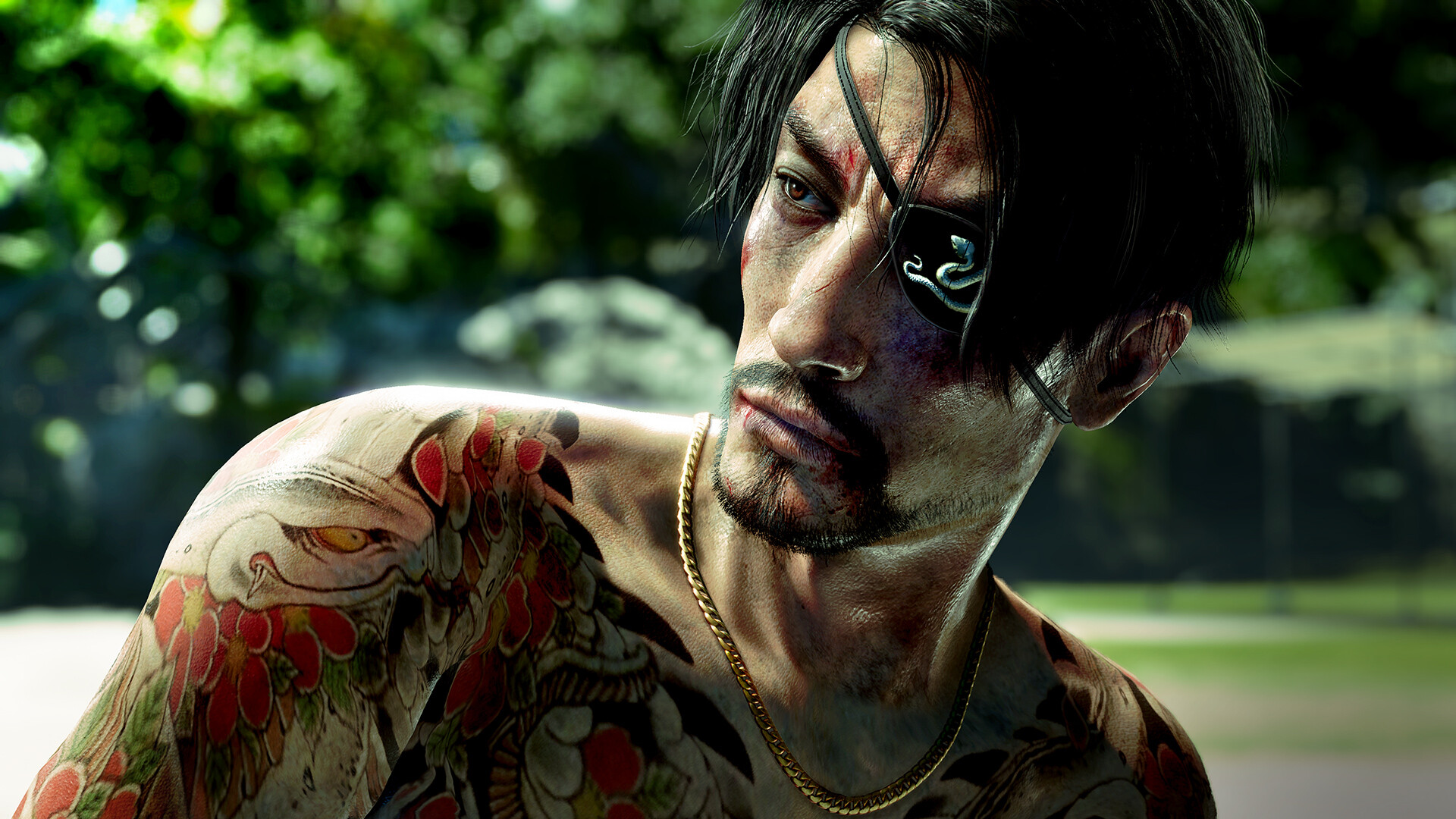
Discovering the Dual Combat Styles: The Mad Dog’s Frenzied Strikes vs. the Sea Dog’s Pirate Tactics
At the center of any Like a Dragon title is combat, and Like a Dragon: Pirate Yakuza in Hawaii both respects and expands on this legacy. While previous entries often let characters switch between fighting styles, this spin-off narrows the focus to two core options: Mad Dog and Sea Dog. Each style feels tailor-made for Majima’s larger-than-life persona:
- Mad Dog Style:
This style is a throwback to Majima’s yakuza prime. It’s lightning-fast, complete with relentless combos, acrobatic kicks, and unpredictable strikes designed to stun or juggle enemies. Mad Dog style thrives in cramped quarters—think narrow ship cabins or congested island marketplaces—where Majima’s speed and agility can quickly overwhelm foes. - Sea Dog Style:
By comparison, Sea Dog style reflects Majima’s newfound pirate sensibilities. Wielding dual short swords, clever bombs, and other seafaring gadgets, Majima can dominate close combat through brute force and well-timed item usage. While slightly slower, this style excels at controlling crowds. Smoke bombs confuse enemies, grappling hooks open new angles of attack, and sword combos deliver savage, finishing blows reminiscent of old pirate legends.
Players can alternate between the two styles on the fly, enabling dynamic combos that blend swift takedowns with cunning gadget use. Each style has its own skill tree, allowing you to tailor Majima’s progression. You might invest heavily in Mad Dog counters to keep fast-moving enemies in check, or instead enhance Sea Dog’s bombs and mines for crowd control. This freedom ensures that fights rarely feel repetitive, and you’ll often find yourself experimenting to discover which style best suits your mood—or the task at hand.
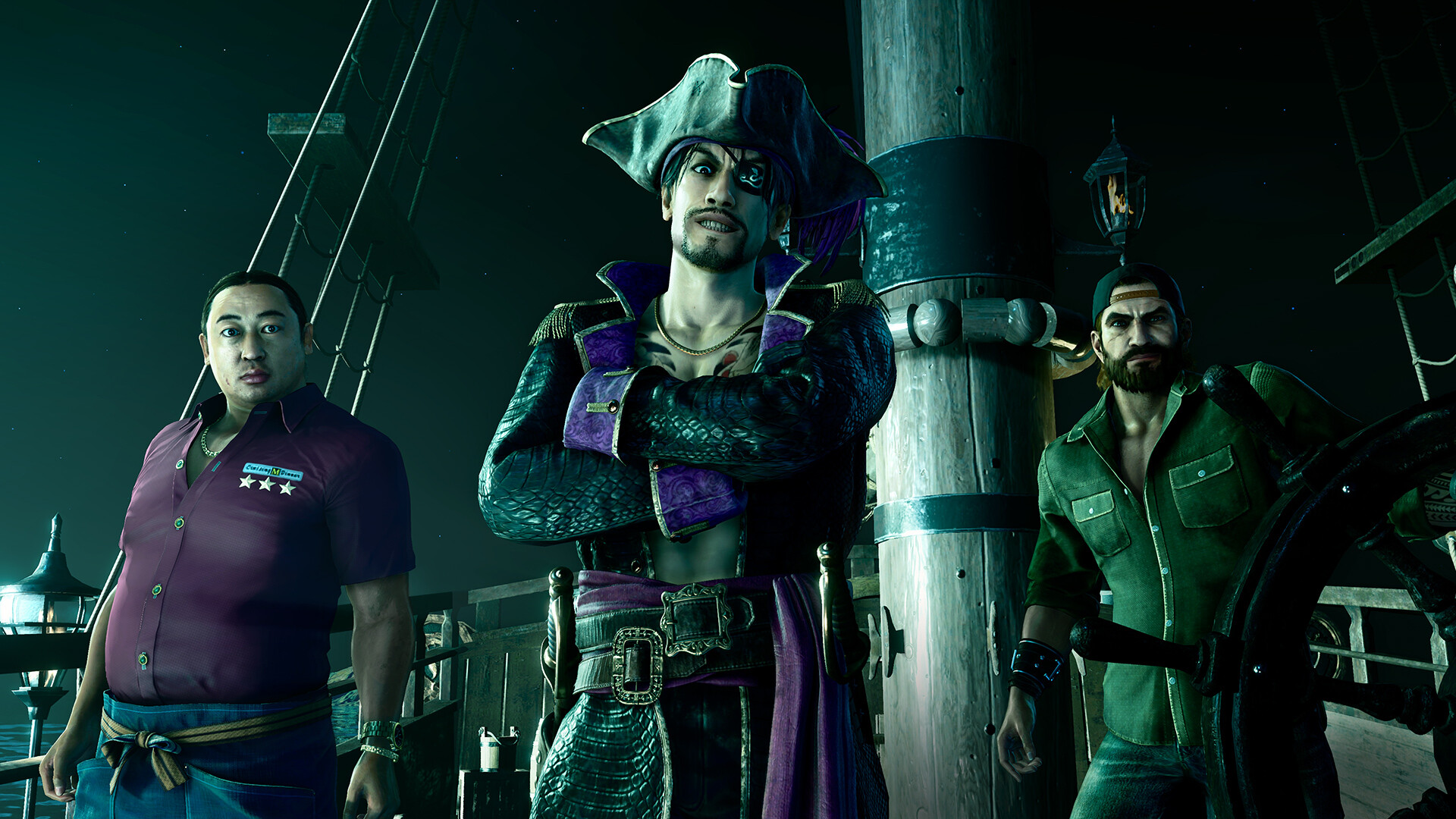
Seafaring Showdowns: Naval Warfare, Boarding Maneuvers, and Loot-Hungry Expeditions That Redefine the Like a Dragon Experience
One of the most dramatic additions to the formula is the introduction of naval battles. While street combat has always been the heart of Like a Dragon, the open sea offers a new dimension of strategy and spectacle. Rival ships piloted by hostile pirates might appear at any moment, aiming cannons your way. You’ll steer Majima’s vessel across cresting waves, trying to line up perfect shots while evading enemy fire.
Land a few well-placed hits, and you’ll have the option to board the enemy vessel. That’s when close-quarters chaos erupts: your crew leaps over the gunwales, swords clash, and fists fly. As Majima, you can slip into either fighting style, rapidly switching to adapt if your foes favor quick strikes or come heavily armored. The sense of cinematic drama is palpable, as cannons continue to boom in the background and enemy crew members scurry around their burning deck. Seizing a rival ship might yield valuable cargo, more advanced weaponry, or even intel about the legendary treasure.
Beyond battles, the high seas beckon with hidden coves, unmarked islets, and side quests that deliver comedic or heartfelt moments. Some might find you fishing for rare sea creatures, while others might send you to track down an elusive smuggler holed up on a desert island. Naval exploration is therefore more than a backdrop—it’s a significant part of the game’s identity. By blending typical Like a Dragon fistfights with maritime strategy, the developers craft a hybrid that keeps the adrenaline pumping on land and water alike.
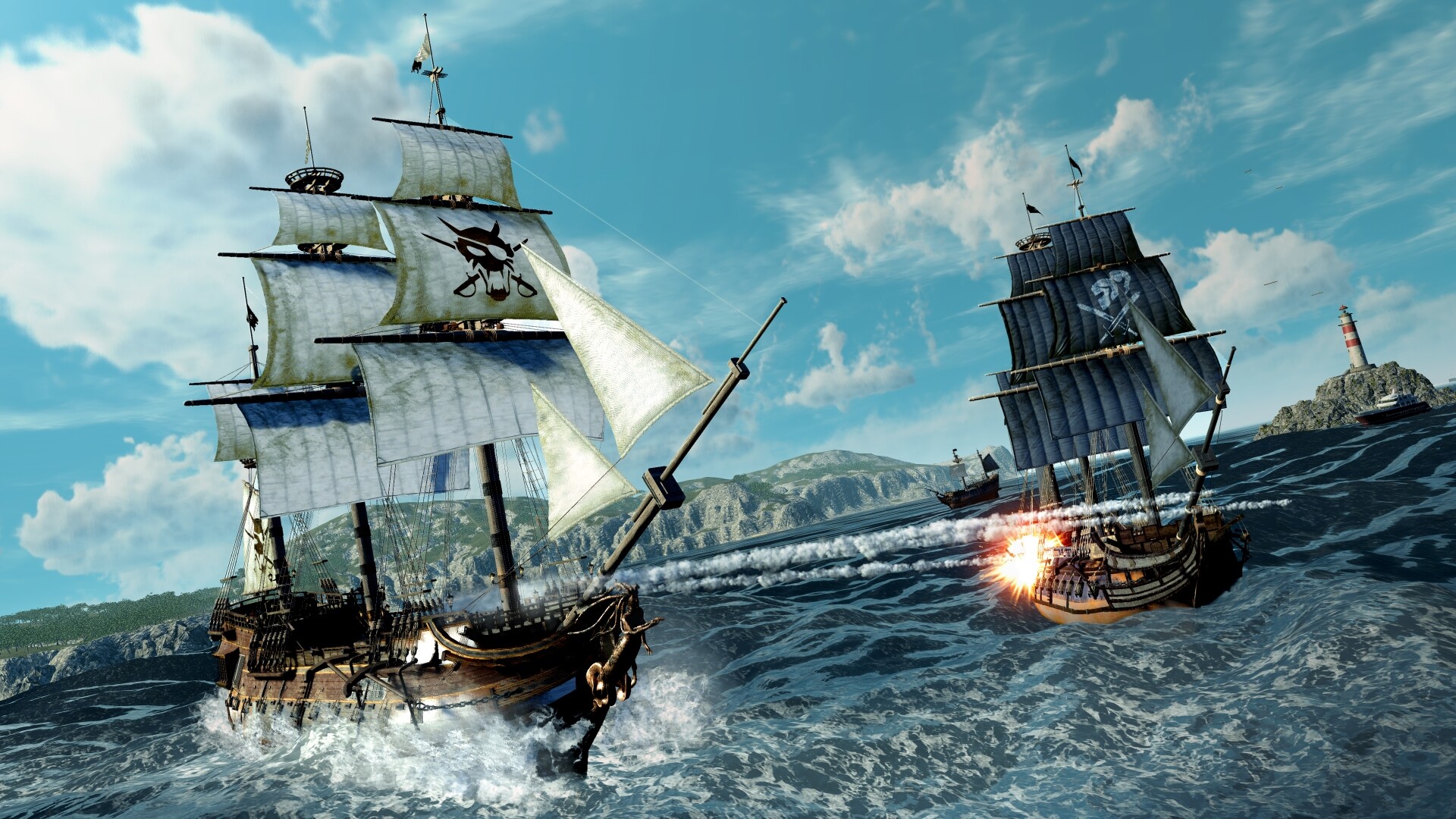
Charting the Hawaiian Archipelago: Vibrant Islands, Eccentric Locals, and the Allure of Hidden Riches
Although set in modern times, Like a Dragon: Pirate Yakuza in Hawaii reimagines Hawaii through a romantic pirate lens. The result is a sprawling archipelago where you’ll encounter fishing villages, flourishing port towns, and unique islands teeming with mysteries. Each new location brims with the paradox of old-school pirate life alongside contemporary technology: you might see someone tapping on a smartphone while discussing rumored lost gold from centuries past.
- Rich Island: A bustling fishing haven where local families rely on the ocean for sustenance—and sometimes run side hustles for pirate crews.
- Madlantis: A metropolis that blends advanced architecture with hidden passageways, rumored to connect to sunken temples.
- Nele: A sacred island where whispers of ancient curses and buried artifacts spark both awe and fear among would-be explorers.
Between these islands and Hawaii’s main shores, there’s no shortage of side activities. Comedic mini-games, such as rigged carnival stands or quirky treasure hunts, add a boisterous counterbalance to the more dramatic missions. Many side quests explore the themes of camaraderie, redemption, and second chances—core elements that have always made Like a Dragon stand out. Whether you’re distributing supplies to a stranded village or challenging a rum-running cartel, you’ll feel Majima’s bond with his crew deepen, unraveling the subtle ways friendships can shape the story.
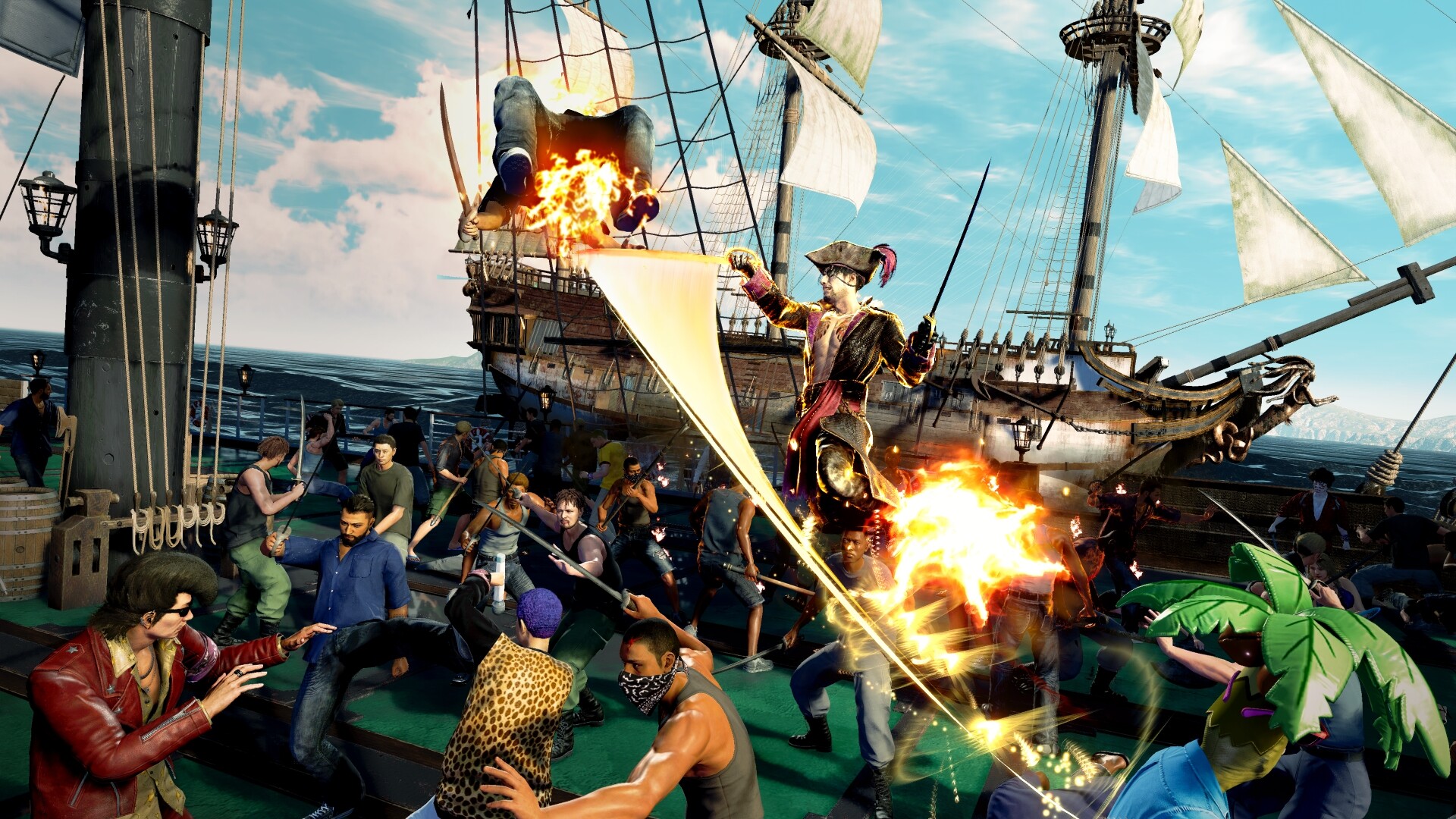
Release Date, Platforms, and Why This Spin-Off Could Steal the Spotlight
Like a Dragon: Pirate Yakuza in Hawaii arrives on February 20th, launching across PC, PlayStation 5, and Xbox Series X/S. Such multi-platform availability ensures that fans, regardless of console allegiance, can embark on Goro Majima’s wild odyssey at roughly the same time. The moment you load up the game, you’ll see high-definition waves crash against your ship, the sun glinting off Majima’s swords, and cinematic story sequences that harness the power of next-gen hardware.
For veterans of the Like a Dragon franchise, there’s plenty to be excited about: the signature fusion of heartfelt drama and bizarre humor remains intact. Expect cameo references to earlier stories and new comedic subplots that gently poke fun at Majima’s rowdy yakuza past. Meanwhile, newcomers get a self-contained story that doesn’t demand deep series knowledge. If you’ve never set foot in Kamurocho, fear not—the game supplies just enough context to help you appreciate Majima’s background, minus any confusion or lore barriers.
Given Ryu Ga Gotoku Studio’s track record for polished releases—particularly in how they handle side activities and character-driven narratives—it’s reasonable to anticipate a robust experience. From carefully crafted cinematic cutscenes to the smooth transitions between land-based brawling and naval conflicts, the developers have seemingly spared no expense in forging an adventure that stands alongside (and quite possibly surpasses) many mainline entries.
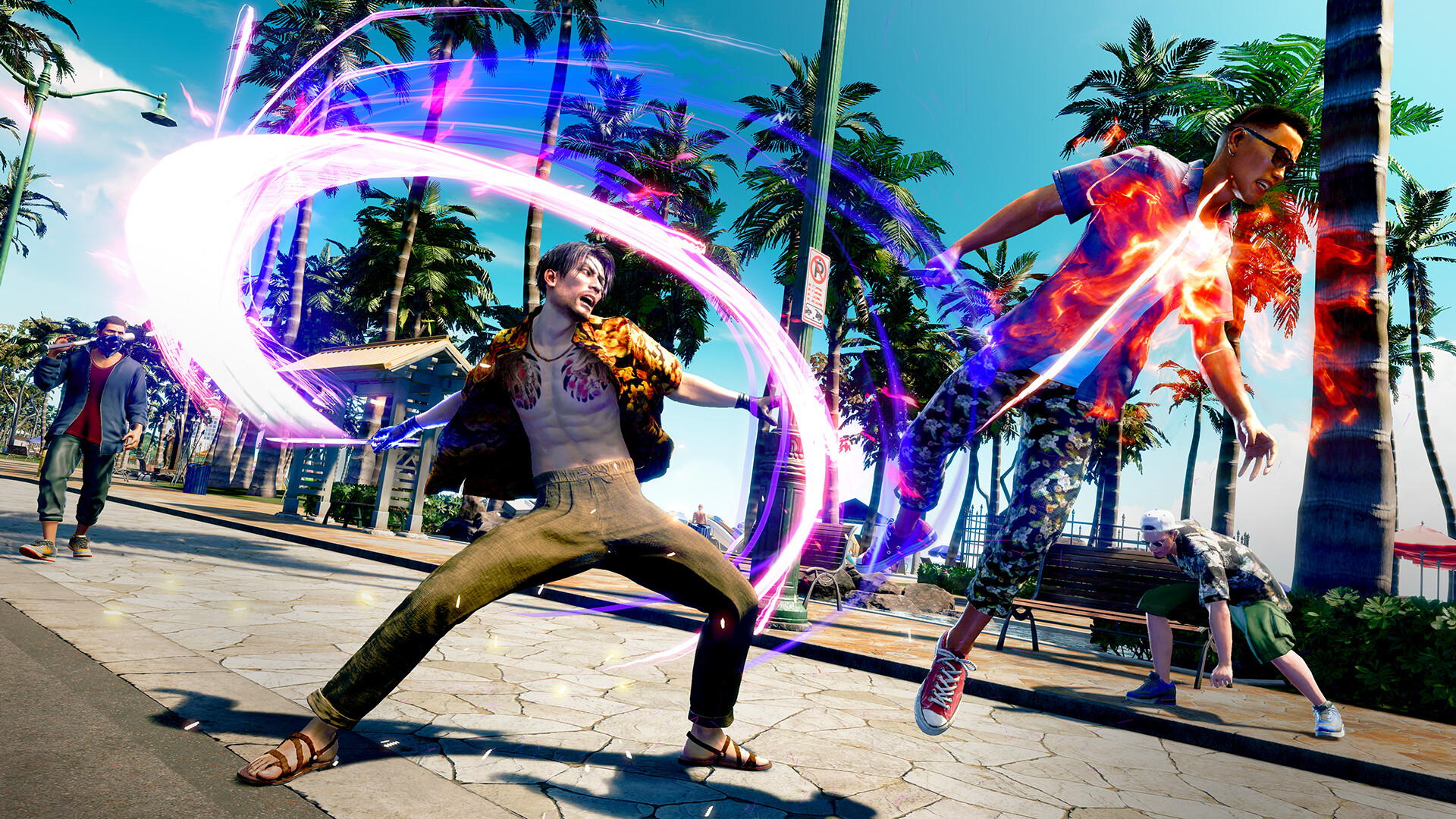
Conclusion
Setting Sail on a One-of-a-Kind Yakuza-Pirate Voyage That Blends Warm Humor, Relentless Action, and the Resilience of the Human Spirit
In a series known for improbable storylines and eclectic gameplay, Like a Dragon: Pirate Yakuza in Hawaii might just take the cake—if only because it dares to be both familiar and daringly different. Goro Majima, stripped of his past, emerges a flamboyant pirate captain on a quest for self-discovery. Along the way, we get the robust brawling mechanics we adore, comedic moments that never take themselves too seriously, and a storyline that treads the line between heartfelt and outright wacky.
Come February 20th, you’ll have the chance to gather your ragtag band of scoundrels, chart a course for undiscovered islands, and trade cannon fire with formidable pirate lords. Between the integrated sea exploration, the dynamic “Mad Dog” and “Sea Dog” combat styles, and the colorful cast of local citizens and outlaws, this spin-off aims to leave a lasting mark on the franchise. If you’ve been dreaming of a game that marries classic Yakuza brawn with the freedom of the open ocean, look no further—Majima’s newest escapade is primed to deliver an ocean’s worth of thrills.
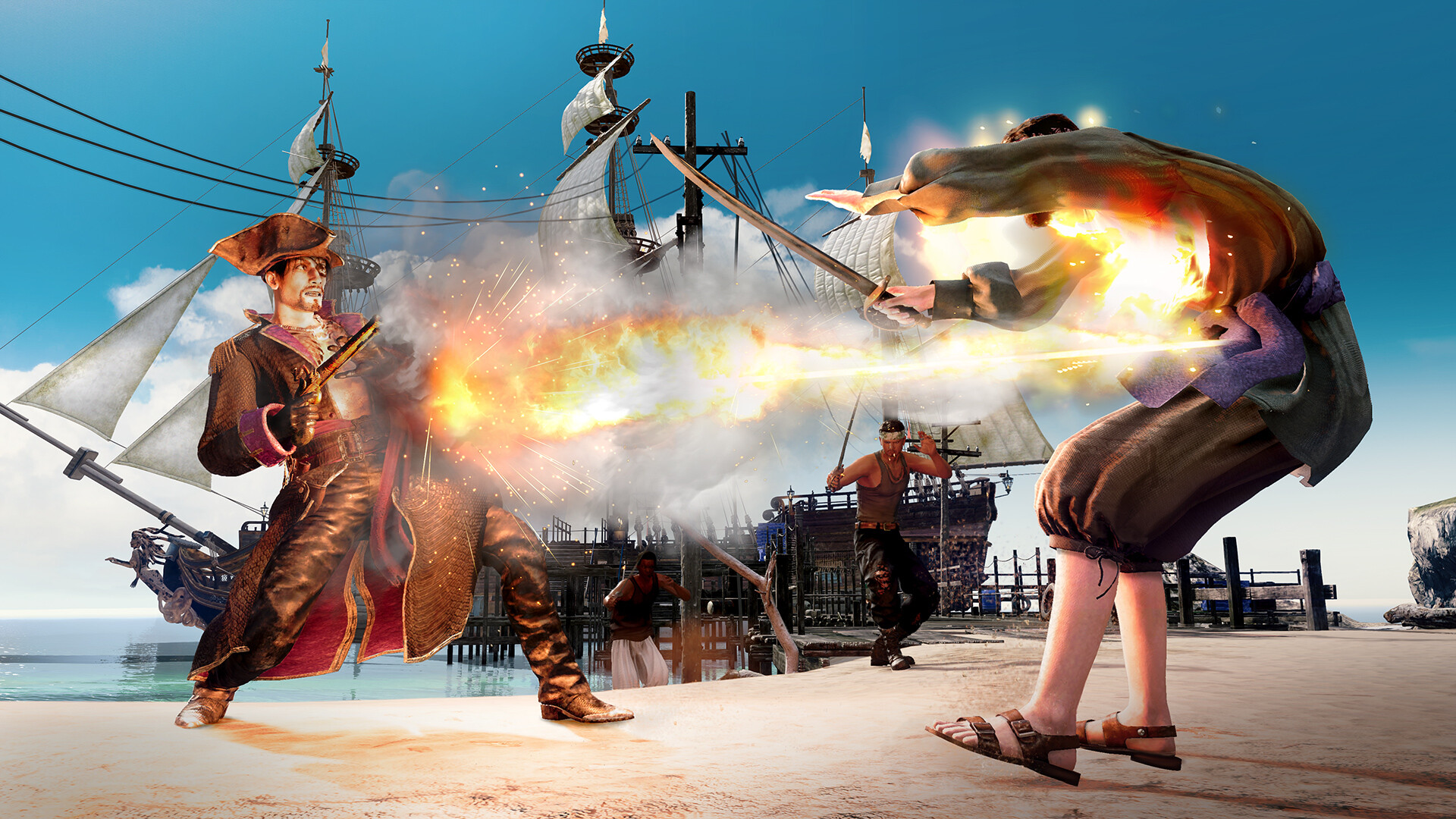
FAQs about Like a Dragon: Pirate Yakuza in Hawaii
- I’m new to the franchise. Will I be lost if I start with Like a Dragon: Pirate Yakuza in Hawaii?
Not at all! Although Goro Majima is a familiar figure to series fans, this spin-off offers a fresh, stand-alone story. You’ll pick up enough backstory through cutscenes and dialogue to get fully immersed, even if you’ve never played a Yakuza/Like a Dragon title before. - Does the game truly capture the comedic craziness of earlier Like a Dragon entries?
Absolutely. From zany side quests—like helping a local fisherman track down a mythical sea critter—to unexpected comedic encounters with rival pirates, the game is packed with humorous, offbeat content that longtime fans will instantly recognize and love. - How big a role do naval battles play compared to on-land combat?
Naval skirmishes are a key feature, though not every mission forces you into open-water warfare. The game balances intense ship-to-ship showdowns with classic brawls on docks, beaches, and even hidden islands. You’ll likely find yourself alternating between land and sea engagements frequently. - Are there any differences in performance or features across PC, PlayStation 5, and Xbox Series X/S?
All versions aim to deliver a consistent, polished experience. However, next-gen consoles and high-end PCs may offer higher frame rates, faster load times, and enhanced visual fidelity, such as richer water reflections and more detailed character models. - Can I recruit any pirate crew member I encounter, or are there specific characters to find?
You’ll come across a mix of potential recruits. Certain side quests reveal unique characters willing to join if you complete their personal story arcs. Others might align with you after you defeat them in battle or help them solve a local crisis. Recruiting crewmates often unlocks new abilities or benefits for your ship, so it pays to explore and make new allies.
